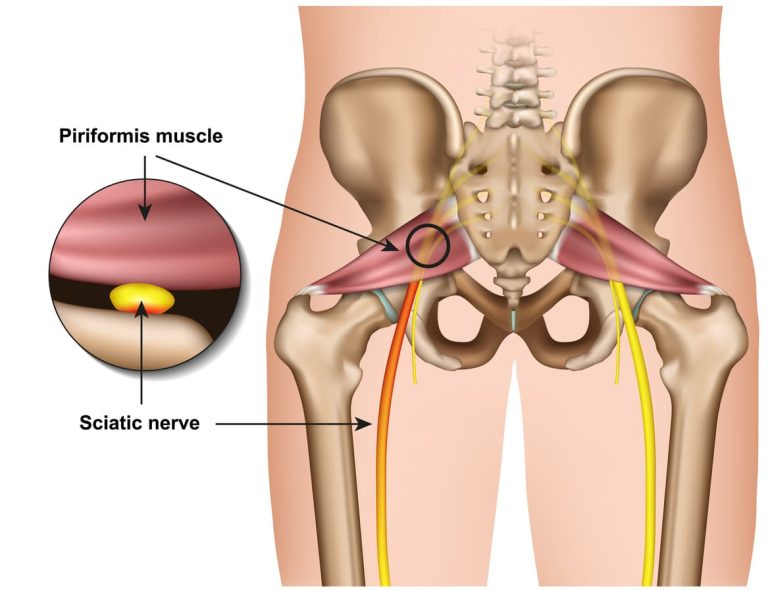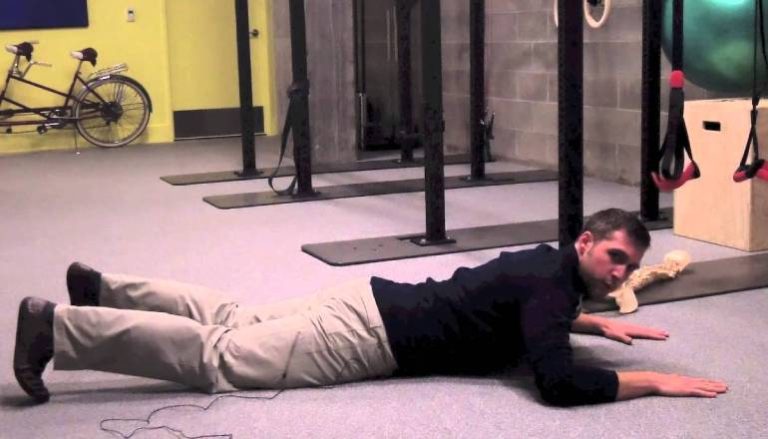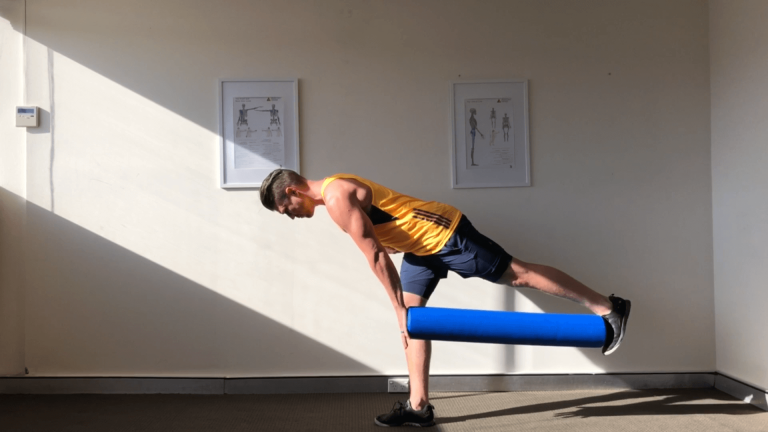What Problems Can a Tight Psoas Cause?
The psoas muscle is a deep muscle that runs from the lower back, through the pelvis, and attaches to the thigh bone. It is responsible for flexing the hip and is used when we walk, run, or climb stairs. When this muscle is tight, it can cause a number of problems, including low back pain, hip pain, and even knee pain.
What Does a Tight Psoas Feel Like?
A tight psoas can feel like a sharp pain in the lower back or hip, and can often be accompanied by stiffness in the legs. When the psoas muscle becomes tight, it can pull on the lower back and hips, leading to pain and discomfort.
A tight psoas muscle can feel like a knot in your lower back or hip area. It may be uncomfortable to sit or stand for long periods of time, and you may find it difficult to twist or bend your body. You may also experience pain when you try to lift something heavy.
The psoas muscle is a major player in stabilizing the spine and pelvis. When it’s tight, it can pull on these structures and cause pain. It can also cause pain in the groin or thigh. You may also feel a sharp pain when you bend over or twist your body.
Where does a Tight Psoas Hurt?
The psoas (pronounced so-as) is a large muscle that runs from the front of the hip to the lower back. It is responsible for flexing the hip and stabilizing the spine. When the psoas is tight, it can cause pain in the lower back, hips, and legs.
There are several things that can contribute to a tight psoas, including sitting for long periods of time, lack of exercise, and poor posture. If you have a sedentary lifestyle, you may be more likely to experience tightness in your psoas. That’s because when you sit, your hip flexors (which include the psoas) are in a shortened position. This can lead to the muscle becoming tighter and weaker over time.
If you suspect that you have a tight psoas, there are a few things you can do to release the muscle (psoas muscle release tool). Foam rolling and stretching are two effective methods. You can also massage the muscle with your fingers or a tennis ball.
Can Psoas Syndrome Cause Digestive Issues?
The psoas muscle is located in the lower back and connects the spine to the thigh bone. This muscle is responsible for flexing the hip and leg. When this muscle becomes tight or irritated, it can cause a condition called psoas syndrome.
Psoas syndrome can cause a variety of symptoms, including pain in the lower back and hip, difficulty moving the leg, and digestive issues.
Digestive issues are a common symptom of psoas syndrome. The psoas muscle attaches to the intestines, so when it is irritated, it can cause problems with digestion.
Digestive issues caused by psoas syndrome may include constipation, diarrhea, bloating, and nausea. If you are experiencing any of these symptoms, you should see a doctor to rule out other possible causes.
Psoas syndrome is treated with a combination of rest, ice, and physical therapy. Physical therapy can help to stretch and strengthen the muscles around the psoas to relieve pressure on the area.
If you are experiencing severe pain or other symptoms that are interfering with your daily life, your doctor may recommend surgery to remove the damaged portion of the muscle.
Can a Tight Psoas Cause IBS?
The psoas is responsible for a lot of movement in the lower body and can become tight and uncomfortable when overworked.
When this happens, it can put pressure on the intestines and cause Irritable Bowel Syndrome (IBS) symptoms like bloating, gas, and constipation.
The psoas muscle attaches to the intestines, so if it’s too tight, it could potentially disrupt normal gut function.
Additionally, the psoas muscle is connected to the nervous system, so a tight psoas could also lead to increased stress and anxiety, which are both common triggers for IBS.
If you suspect that your psoas muscle might be contributing to your IBS symptoms, it’s important to see a doctor or other healthcare professional to get an accurate diagnosis.
Can a Tight Psoas Cause Acid Reflux?
The psoas is also responsible for helping to flex the hip and rotate the leg. When this muscle becomes tight, it can put pressure on the stomach and cause acid reflux.
The good news is that there are some simple stretches that can help to relieve the tension in the psoas and ease the symptoms of acid reflux.
If you suffer from acid reflux, doing the stretches regularly can help to ease the symptoms by relieving tension in the psoas muscle.
However, it’s important to see a doctor if you’re experiencing frequent or severe symptoms, as they may be indicative of a more serious condition.
Can Psoas Cause Stomach Pain?
A tight psoas muscle can cause stomach pain by putting pressure on the digestive organs. The psoas muscle can also refer pain to the front of the thigh. If you are experiencing stomach pain, it is important to stretch the psoas muscle and see a doctor to rule out any other potential causes.
There are a few things that can contribute to tightness or spasms in the psoas muscle. Poor posture, sitting for long periods of time, and repetitive motions can all lead to tightness in the psoas.
In some cases, an injury or strain to the muscle can also cause pain. If you are experiencing stomach pain, it is important to see a doctor to rule out any other potential causes.
Once other causes have been ruled out, there are a few things that you can do to help relieve psoas-related stomach pain. Stretching and massage are two effective methods. You can also try applying heat or ice to the area. If the pain is severe, your doctor may prescribe medication or recommend physical therapy.
Final Thoughts
A tight psoas can cause a number of problems, including lower back pain, hip pain, and difficulty walking. If you have tight psoas, it is important to stretch and strengthen the muscle to reduce the risk of these problems.







